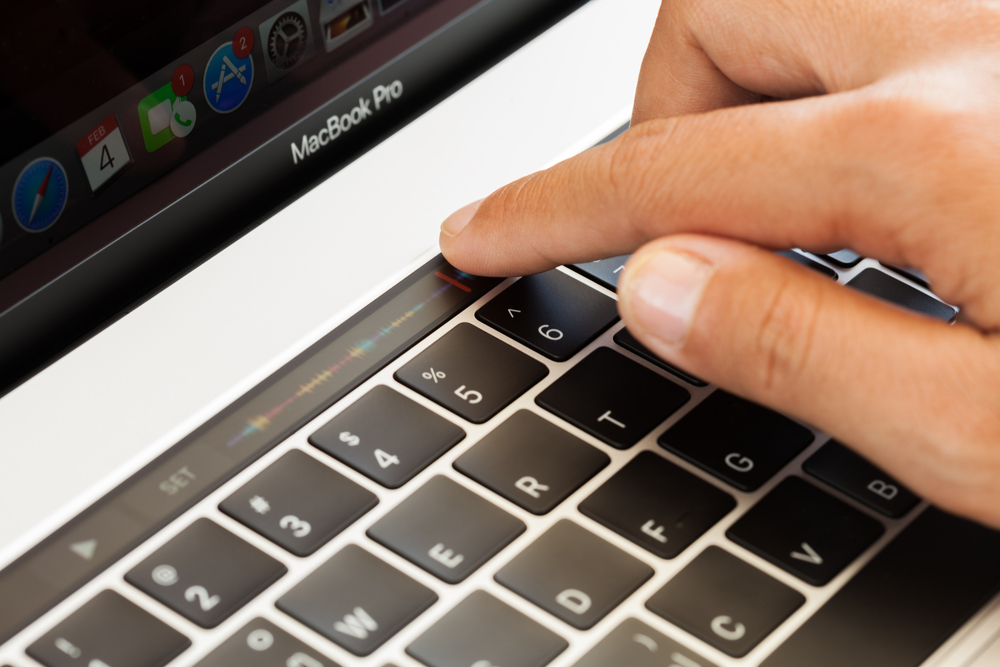In 1983 – long before the days of the Mac, iMac and iPhone – Apple released the Local Integrated Software Architecture computing device, better known as LISA, which is also the name of Steve Jobs’ eldest daughter.
This project was a failure, mainly because Apple charged $10,000 ($24,700 in today’s money) for the computer.
The software used in LISA, however, was the foundation of what later became the macOS operating system. And if you are a Mac enthusiast you will soon have access to the source code – thanks to Mountain View’s Computer History Museum.
Al Kossow, the software curator at the museum, recently said in a public mailing list that LISA’s source code was presently being reviewed by Apple and once cleared it will be released to the general public.
Kossow cautioned: “The only thing I saw that probably won’t be able to be released is the American Heritage dictionary for the spell checker in LisaWrite (word processing application).”
LISA was the first computer boasting a graphics user interface targeting the business market. It came with a 5 MHz processor and 1MB RAM – and a computer mouse to organise files.
The firm hired Kevin Costner to appear in the ads for LISA and spent $150m on the campaign, but it managed to sell only 10,000 units before the Macintosh made its appearance in 1984.
Tech journalist and author Leander Kahney wrote a few years ago: “The Lisa was doomed because it was basically a prototype — an overpriced, underpowered cobbled-together ramshackle Mac.”
According to Wired, the LISA device also set in motion a different set of events, which helped to create Apple’s history: Steve Jobs lost his position on the development team behind LISA after he was kicked off by CEO John Sculley and transferred to the Macintosh team. This was the first crack in a division that eventually led to Jobs leaving Apple in 1985, only to return in 1997.






Add Comment